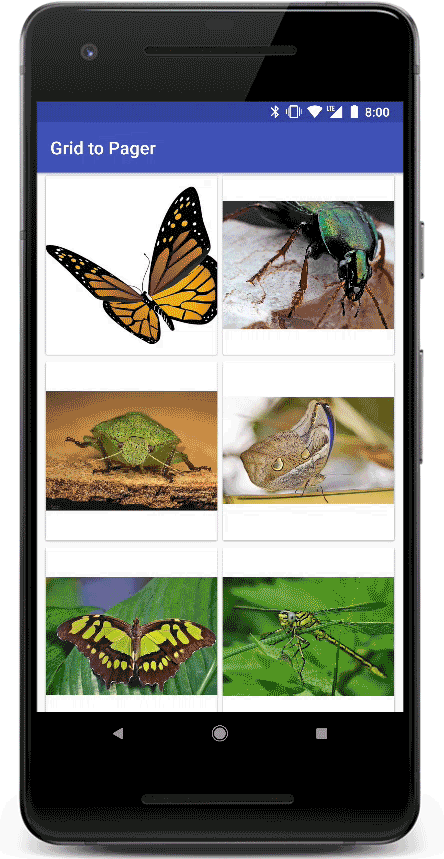Improving Stability by Reducing Usage of non-SDK Interfaces
Posted by David Brazdil, Software Engineer In Android, we're always looking for ways to improve the user and developer experience by making those experiences as stable as possible. In this spirit, we've been working to ensure that apps don't use non-SDK interfaces, since doing so risks crashes for users and emergency rollouts for developers. In Android N, we restricted the set of symbols that C/C++ code could use . This change ensured that apps using C++ rely on stable NDK interfaces rather than incur the incremental crashes caused by reliance on unstable, non-NDK interfaces. Starting in the next release of Android, we will further increase stability by expanding these restrictions to cover the Java language interfaces of the SDK. What behavior will I see? Starting in the next release of Android, some non-SDK methods and fields will be restricted so that you cannot access them -- either directly, via reflection, or JNI. If you try, you can see errors such as NoSuchF...

